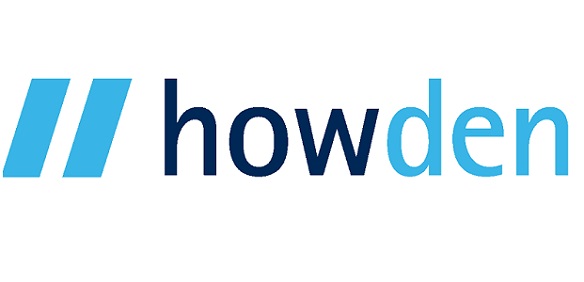A recent survey of more than 160 senior Human Resources (HR) professionals – representing hundreds of thousands of both domestic and global workers – suggests that the continuing acute shortage of suitable employment candidates may be damaging both output and productivity.
The research, undertaken by employee benefits consultancy Howden Employee Benefits & Wellbeing (Howden) in December, asked HR experts for their views on the recruitment process.
More than 4 in every 5 employers (81%) suggested there were either few suitable applicants for vacancies (68%), or no candidates available at all (13%). Just 12% of employers were not currently experiencing any recruitment challenges.
The survey also suggests that the currently limited supply of potential employment candidates may also be damaging output and productivity.
More than a third (36%) of employer respondents currently expect a vacant position to remain unfilled for between 3 and 6 months, with 1 in every 10 experiencing wait times of up to 9 months.
And these delays are exacerbated further by the time it takes a new joiner to achieve their optimum level of output in a new job role. Fewer than 1 in every 10 (7%) employers expect a new employee to reach their peak output in the first three months of employment, with another 56% of respondents suggesting that it may take between 6 and 12 months for that level to be achieved. And a small number of respondents (2%) expect that maximum output will not be delivered until a year or more in post has been achieved.
Commenting on these findings Steve Herbert, Head of Benefits Strategy at Howden Employee Benefits & Wellbeing said;
“After two years of on-off pandemic restrictions employers across the nation are keen to return to both business as usual and maximum output. Yet Howden’s findings suggest that the candidate shortages being experienced in so many sectors represent a very real productivity headwind for UK employers at this time.
In particular, we would highlight that a few unfortunate employers may suffer the double-whammy of lengthy waiting times to secure the right candidate, followed by an equally long gestation period until that much needed optimum productivity can finally be delivered. And at any point in this process the employee might leave, placing the employer back at the start of the recruitment cycle once again.”
In view of these findings Howden suggest that retaining existing employee talent should be a key focus for employers in 2022. Yet their survey results suggest that fewer than 1 in 4 employers (22%) are currently looking to implement any form of staff retention drive.
Herbert concluded;
“A retention drive should be a high priority for many more businesses this year. The focus of the exercise should be to highlight the uncertainties of leaving for a new job elsewhere, whilst also strongly reminding employees of the benefits of continuing in their current employment.
In particular we would encourage employers to really promote those important – but so often overlooked or poorly communicated – employee benefits offerings.
Employer-funded benefits such as Group Life Assurance, Group Income Protection, and Group Private Medical Insurance are now even more important following a worldwide health crisis.
It follows that workers may be far less inclined to change employers once they better understand that such a move may result in a break in the cover provided, or even the loss of these valuable protections altogether.
Howden Employee Benefits & Wellbeing is able to assist employers of all sizes with the assessment, placement, and communication of a wide range of important employee benefits.
The survey took place during the Howden Employment Webinar on the 9th December 2021. For full survey results please scroll down.






